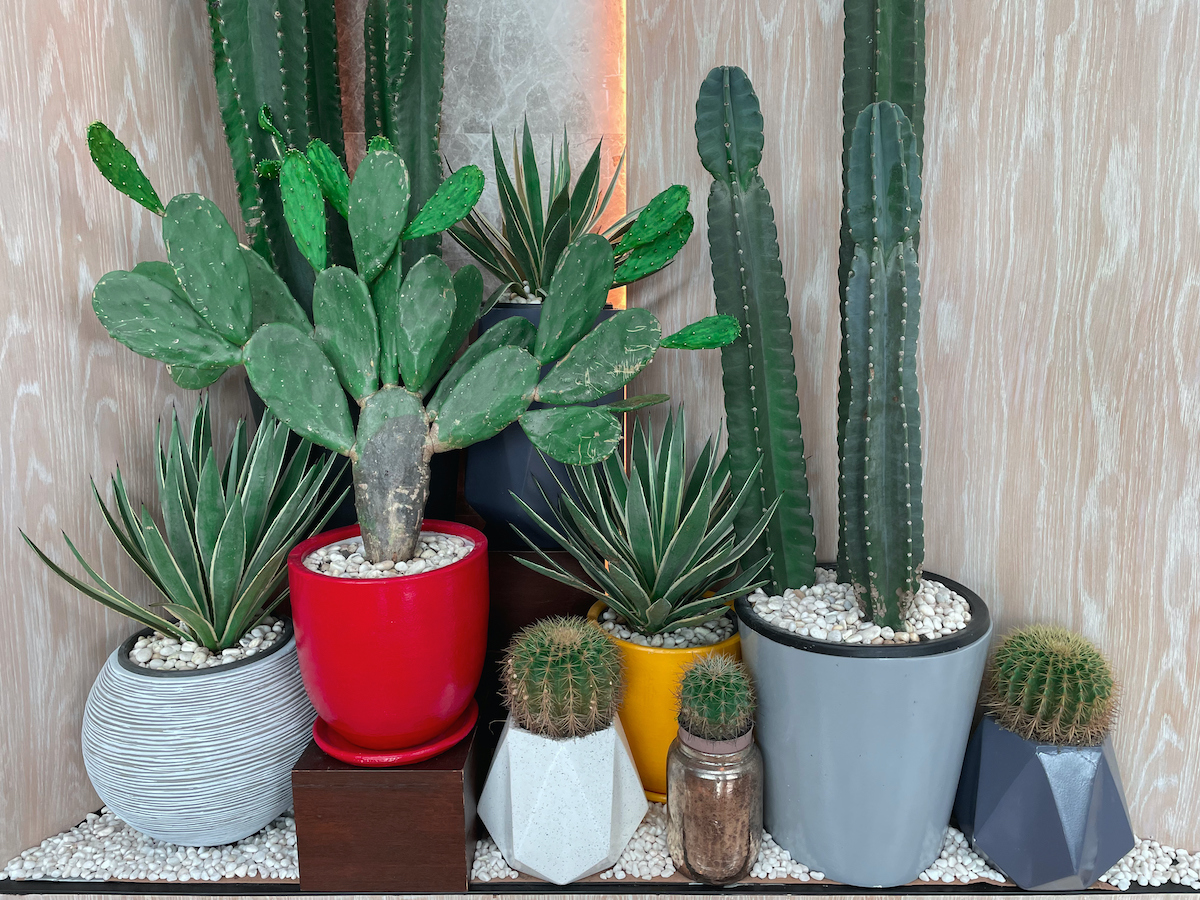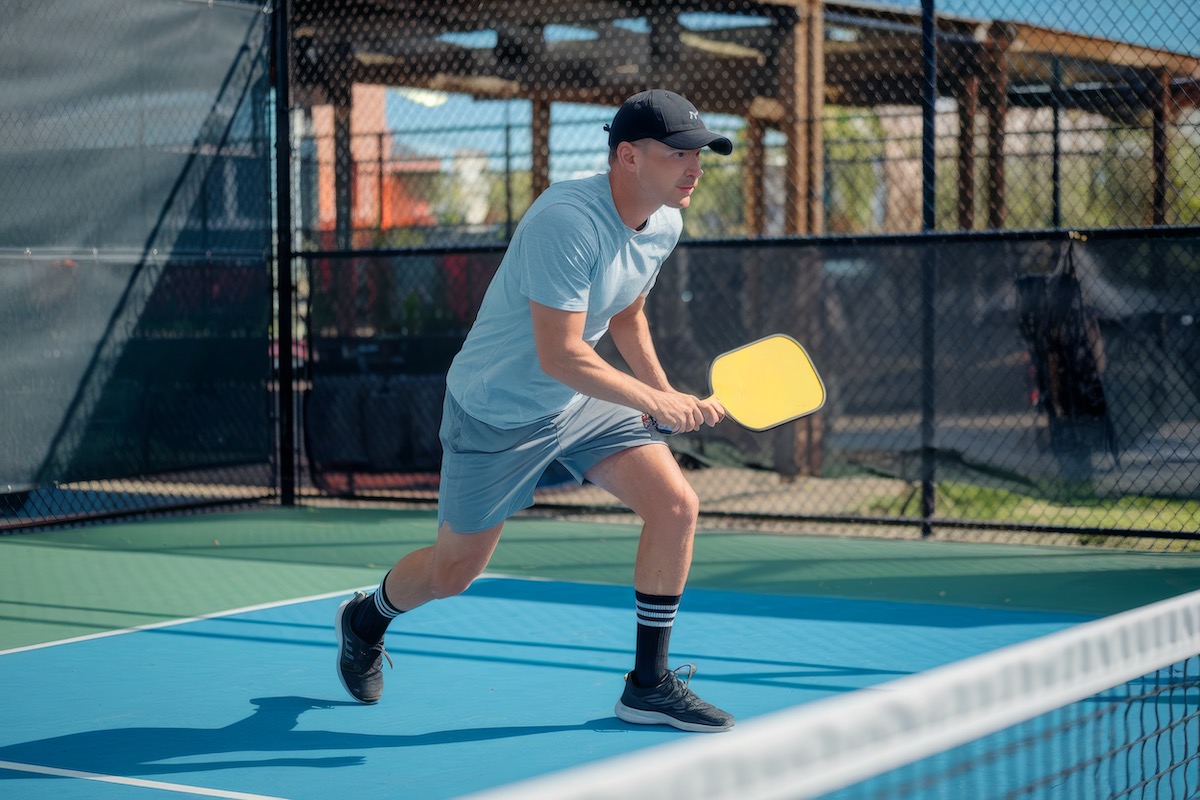
For many people with seasonal allergic rhinitis (hay fever), getting hands dirty in the garden and yard has consequences. Sneezing, itchy eyes, congestion and other reactions can turn yard work into misery.
With a few simple precautions, allergies don’t have to stand between you and your garden.
The best times of day to be outdoors are when the pollen levels are lower. This is typically on rainy, cloudy and windless days.
Pay attention to pollen counts in your area by subscribing to the email alerts available from the National Allergy BureauTM (NAB) at www.aaaai.org. The NAB provides the most accurate and reliable pollen and mold levels from approximately 78 counting stations throughout the United States, two counting stations in Canada and two counting stations in Argentina.
Avoid touching your eyes or face when doing yard work. You may also consider wearing a mask to reduce the amount of pollen spores that you breathe in. Leave gardening tools and clothing (such as gloves and shoes) outside to avoid bringing allergens indoors. Showering immediately after gardening may also help reduce symptoms.
Certain flowers, trees and grasses are better suited for the gardens of people with outdoor allergies.
These include:
• Cactus
• Cherry tree
• Dahlia
• Daisy
• Geranium
• Hibiscus
• Iris
• Magnolia
• Roses
• Snapdragon
• Tulip
In general, highly-allergenic trees and grasses include:
• Ash
• Cedar
• Cottonwood
• Maple
• Oak
• Johnson grass
• Rye grass
• Timothy
The best way to determine which plants trigger your allergic reactions is through skin testing performed by an allergist / immunologist. An allergist can help you develop strategies to avoid troublesome plants and pollen and can prescribe medication to alleviate symptoms.
Allergy shots (immunotherapy) may offer permanent relief from allergy symptoms. Check with your allergist / immunologist to see if this is an effective treatment for you.
Another form of allergy immunotherapy is called sublingual immunotherapy (SLIT) allergy tablets. Rather than shots, allergy tablets involve administering the allergens under the tongue generally on a daily basis.











